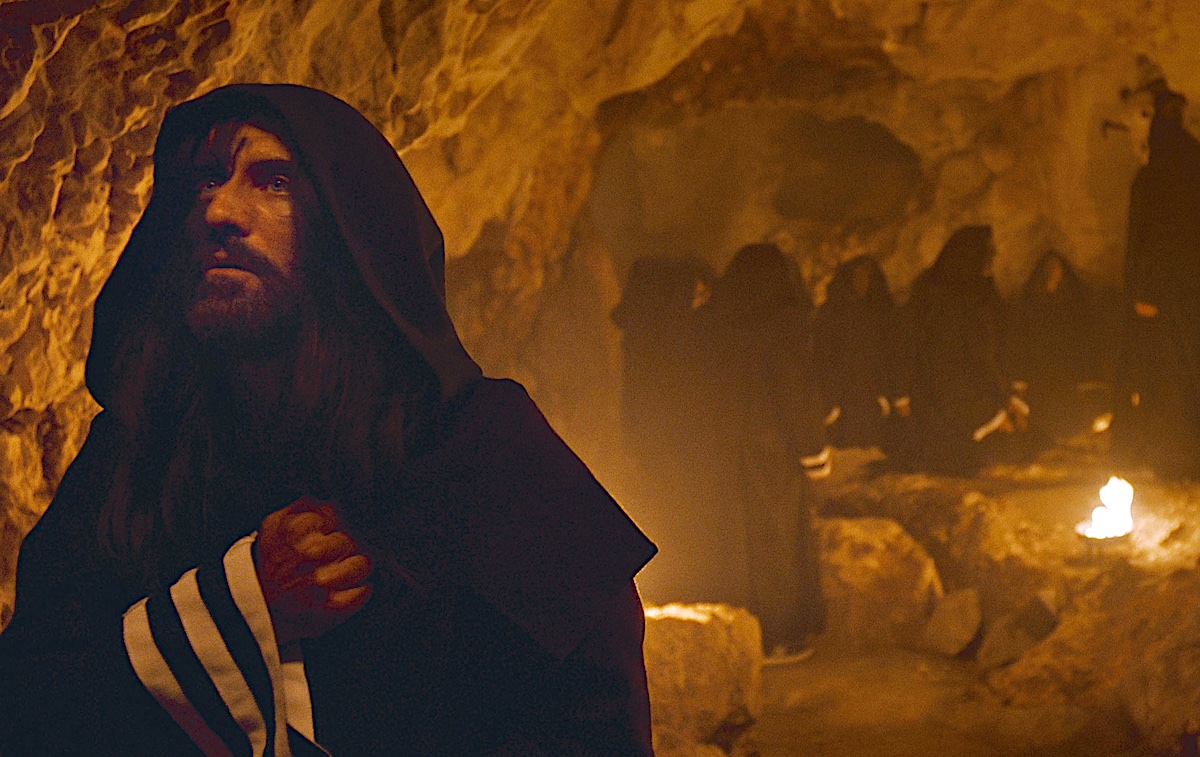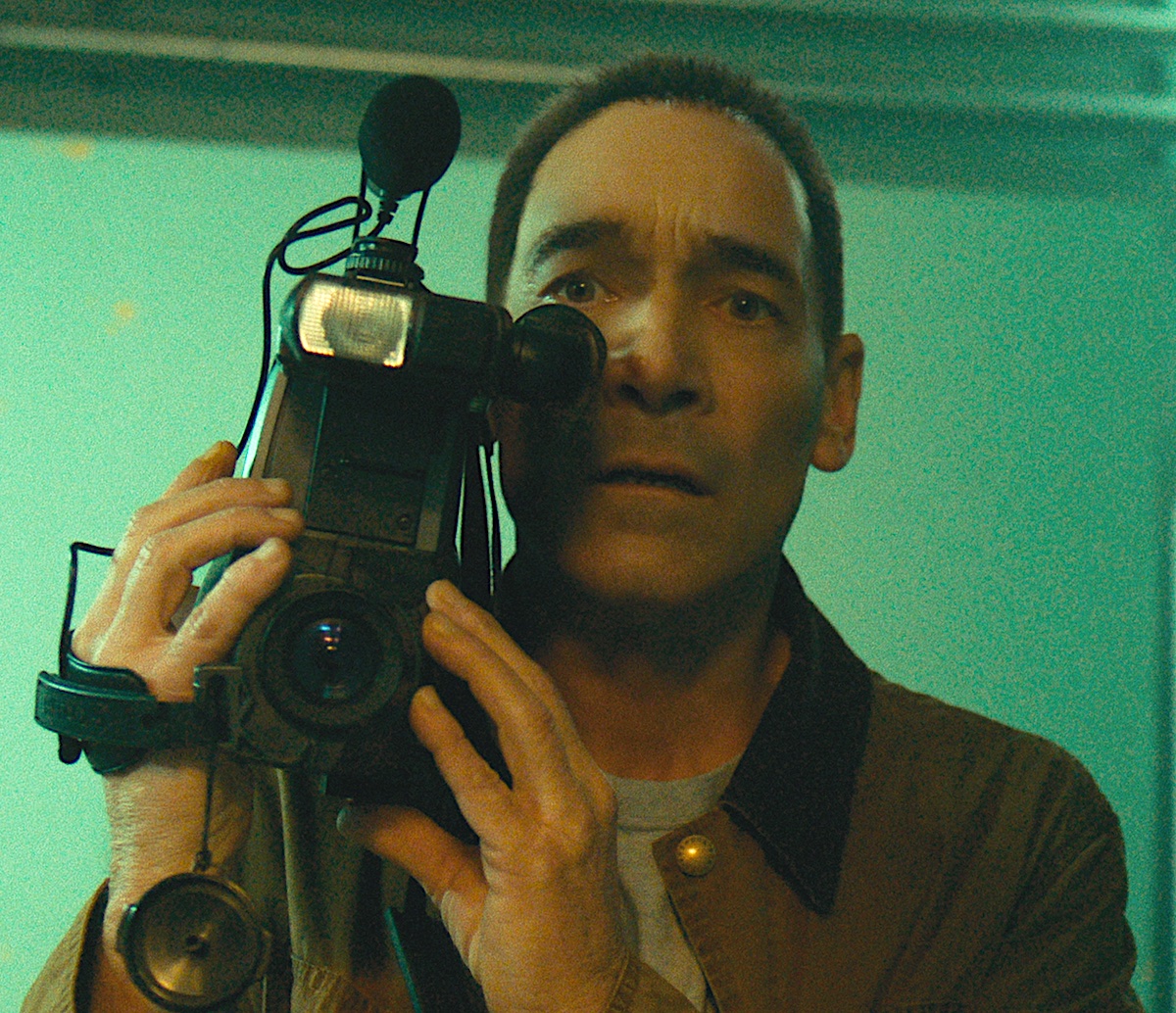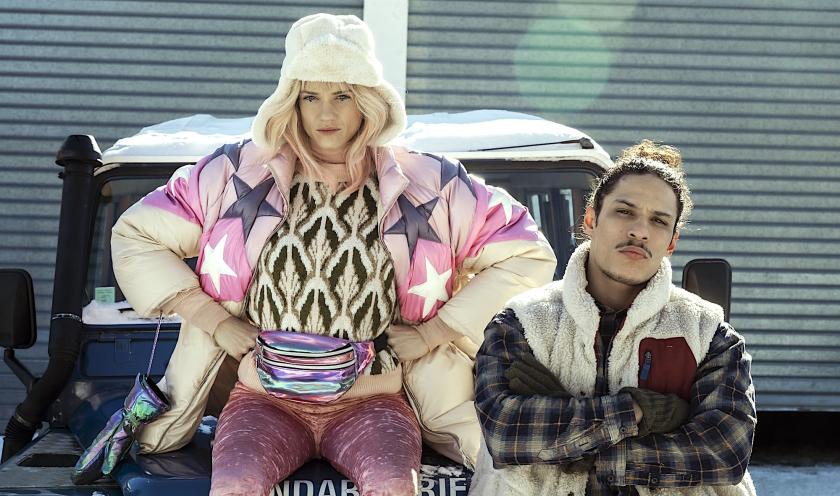Ludicrous plotting and a tangled skein of coincidences hold no terrors for the makers of this frequently baffling French drama. Nonetheless, its story of a bizarre cult, a rapacious medical corporation and a trail of dead bodies stretching back through 30 years of history does somehow keep you coming back for more, if only to wonder how much more berserk proceedings can become.
The opening scene is set in 1994, where a group of police in combat gear jump out of inflatable dinghies and advance towards a house, from which a man resembling a mashup of Charles Manson and Jesus Christ emerges, dribbling blood. Inside, the gore-splattered corpses of his cult lie around in various grotesque poses. This bunch, known as the Écrins cult (after the Écrins national park in the French Alps where the story is set), are widely assumed to have been responsible for a string of deaths and ghastly occurrences in the town of Lévionna, not least the murder of 17-year-old Roxane Vial. The Manson-esque figure is called Caleb (Stefano Cassetti, pictured below), and he will spend the next 30 years in a creepy clifftop asylum. All this has cast a gloomy pall over the neighbourhood, where local folklore has it that the spectral “Black Virgin” appears as a harbinger of death and disaster. But needless to say, as the story unfolds, nothing turns out to be quite like it seems.
All this has cast a gloomy pall over the neighbourhood, where local folklore has it that the spectral “Black Virgin” appears as a harbinger of death and disaster. But needless to say, as the story unfolds, nothing turns out to be quite like it seems.
A quirky cast of characters helps to keep the narrative bubbling along. Jaro Gatsi (Hatik) is a minor criminal on probation who has been banished from Paris by the judge, but the more he tries to stay out of trouble the more complicated his life becomes (for instance, when he’s suspected of the murder of an abducted woman called Emma). Police lieutenant Giovanna DeLuca (Camille Lou) is trying to rebuild her career after a battle with depression, while her brother Roméo (Nicolas Godard) finds himself revisiting his past relationship with Hari, a local doctor. But to say that Hari has mother issues would be like describing Donald Trump as a mild-mannered introvert.
The trigger for the present-day action is the arrival in Lévionna of Ida Heilman (Noémie Schmidt), a kookie eccentric who’s trying to find out what has happened to her apparently kidnapped father, Solal (Jean-Marc Barr, pictured below). His last words to her down the phone were “Ida, don’t come!”, so obviously she set off right away. Perma-clad in shades of pink, Ida has a secret weapon – “I do web-sleuthing”, she explains. Her i-Data forum of web fanatics from a multitude of disciplines enables her to find out in-depth information about anything at amazing speed, which comes in very handy. Meanwhile, Ida and Jaro will come to discover that they have far more in common than they could have imagined.
 There are several interlocking narratives at play. Lévionna is a photogenic lakeside town and ski resort set in a glorious panorama of snowy mountains and pine forests, but there’s simmering resentment from many of the locals about the closing-down of the traditional mining industry with its inevitable loss of jobs. They’re also highly suspicious of a mysterious corporation called Arcacia, which has set up a secretive, high-tech research establishment in the town. Arcacia has discovered the potential of underground deposits of anthracite (see programme title) which can be used in the making of a new miracle drug, but have their researches been causing toxic side-effects?
There are several interlocking narratives at play. Lévionna is a photogenic lakeside town and ski resort set in a glorious panorama of snowy mountains and pine forests, but there’s simmering resentment from many of the locals about the closing-down of the traditional mining industry with its inevitable loss of jobs. They’re also highly suspicious of a mysterious corporation called Arcacia, which has set up a secretive, high-tech research establishment in the town. Arcacia has discovered the potential of underground deposits of anthracite (see programme title) which can be used in the making of a new miracle drug, but have their researches been causing toxic side-effects?
Coincidentally, members of the Écrins cult liked to smear their faces with anthracite. The murdered Roxane Vial had been stoned to death and was also found with an anthracite-blackened face. Ida’s father was a journalist investigating the case, with which he’d become obsessed while amassing a huge stash of interviews and video evidence. When Ida discovers all this stuff, all manner of skeletons come tumbling out. Blimey. It gets a bit exhausting.















Add comment